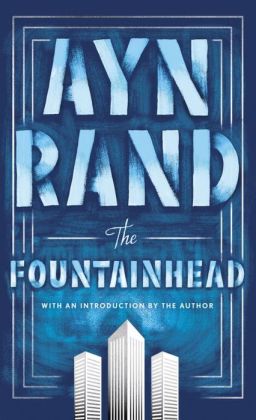I am paranoid about citing artistic influences/inspirations, at least during this period of my body of work, because what I am currently focusing on is personal process and projecting my particular psychology by following my own arbitrary rules. I am experimenting with blinders and tunnel vision. Inspiration is everywhere and influence unavoidable—artworks, by nature, cannot exist in a vacuum (I believe in Danto's Artworld)—and all artists subconsciously and/or consciously incorporate their found aesthetic ideals into their work. So, of course, I could write about Mark Rothko and his focus on color and play with flatness; or Jackson Pollock and his degradation of the canvas and what is means to create depth; or Gerhard Richter and repetition and the impossibility of perfect replication; or Frida Kahlo and femininity, gender roles, sexuality, and the deformation of the body; or Brian Driscoll and art
about Pop Art and the necessity of intellectual elitism in the Artworld... However, it is very important to me, in this imaginary moment, that I do not
seek out the phenomenon of influence. It will happen naturally, but I do not want to trap myself in self-created box by trying to pin down/define the natural. How can I situate myself among my contemporaries when I do not yet know who I am, or who I want to become, much less where I am in proximity to others?
For the purpose of this assignment, I will say that Howard Roark is my contemporary. Perhaps some of you will recall Ayn Rand's “fountainhead” of individualism, the architect who stood in solidarity at the front lines of the battle against collectivism. Roark's architecture is the natural, self-evident thrust from specific location, and his artistic will is uncompromising. Although Roark admired Henry Cameron, a predecessor of his who helped spark the fire of anti-secondhand architecture, I find it poignant that Roark never spoke of him as an influence or inspiration. I would like to relate to the aforementioned artists in a similar fashion. I would like to talk about Rothko, Pollock, Richter, etc. without needing to qualify them under any term like influence, inspiration, or contemporary. For this reason, I choose Howard Roark with the clause that I may think nothing of him when I wake up tomorrow.


No comments:
Post a Comment